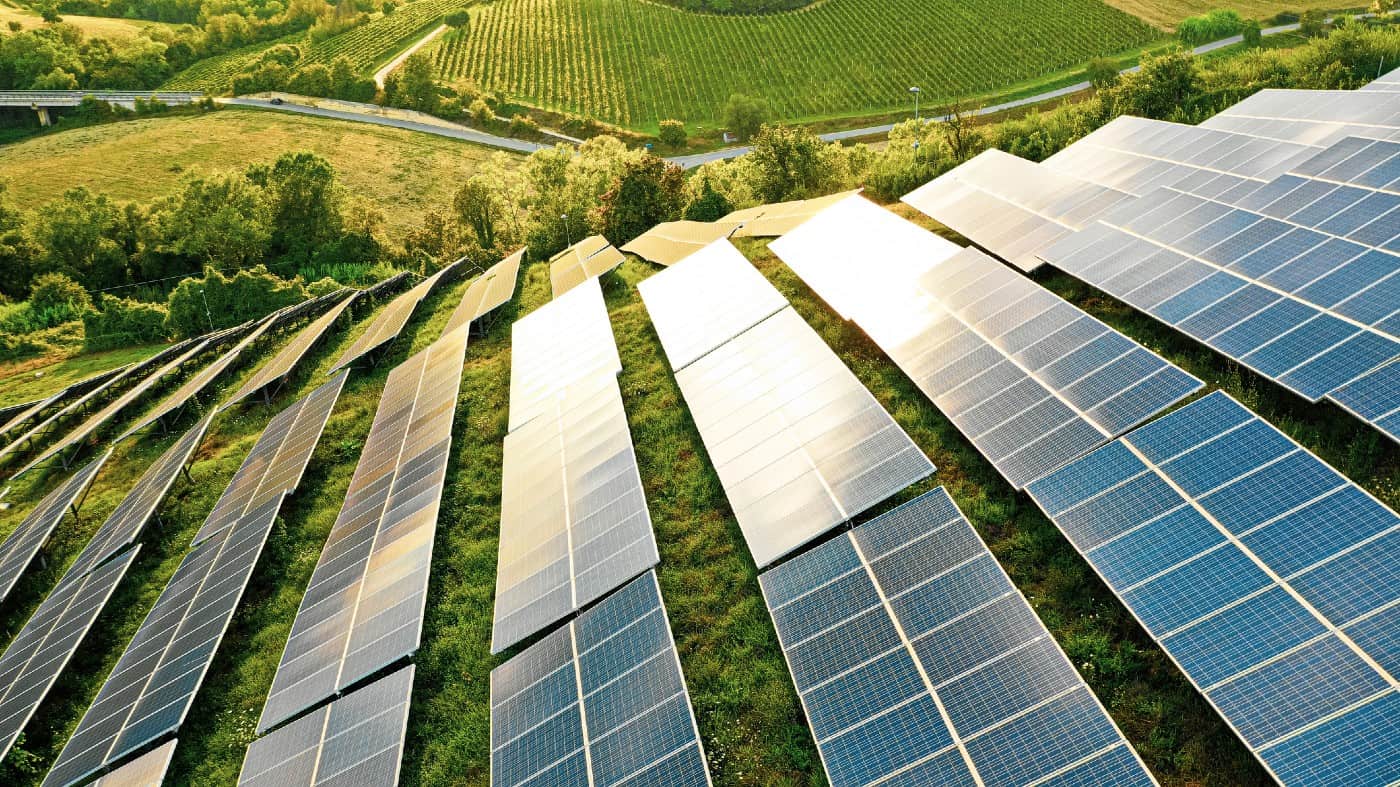There are some dividend income superstars in the FTSE 250. Given the broader reach of the index versus the FTSE 100, I can often find some good opportunities to consider. For investors who are thinking about a high-yield option for the future, here’s a stock that I think merits further attention.
The business on my mind
NextEnergy Solar Fund (LSE:NESF) does exactly what its name suggests. It’s a renewable energy investment company that focuses primarily on utility scale solar assets, alongside other projects like energy storage.
Over the past year, the share price has fallen by 18%. The current dividend yield is 8.92%. Granted, the fall in the share price has acted to push the yield higher. Yet the investment objective of the fund is to provide strong returns “principally in the form of regular dividends” as stated in the annual report.
Should you invest £1,000 in Ashtead Group Plc right now?
When investing expert Mark Rogers has a stock tip, it can pay to listen. After all, the flagship Motley Fool Share Advisor newsletter he has run for nearly a decade has provided thousands of paying members with top stock recommendations from the UK and US markets. And right now, Mark thinks there are 6 standout stocks that investors should consider buying. Want to see if Ashtead Group Plc made the list?
Therefore, I’m confident that future income from dividends is likely. In the past these have been paid on a quarterly basis. For each of the past five years, the dividend payments have been growing. Based on the latest financial results, I see no reason for this trend to stop any time soon.
One point that’s worth keeping an eye on is free cash flow. Solar projects are time consuming and costly, so tying up a lot of money in one area for years has the potential to cause problems.
How to get to £250 a month
The current share price is 88.9p. The total dividend per share payments over the past year come to 7.93p. So if I wanted to make £250 a month (on average) from income, it would total £3,000 a year. To earn this amount, I’d need a total notional amount of shares worth £33,632.29. So when I divide that by the current share price, I figure out I need to own 37,832 shares of NextEnergy.
This does sound like a lot of stock to own in one company. But I do need to remember that part of this is because the share price is low. If the share price was double at 180p, I’d need to own half the number of shares. So to some extent it’s all relative to the share price.
Ways to get there
What’s true though is that I’ll need to invest over £33k to get the kind of income I’m looking for. If this is the total amount of liquid funds I have to invest, it doesn’t make sense to put it all in one place. This isn’t diversified. I could end up in a real pickle if the dividend gets cut and the share price falls.
At the same time, there’s no rush to do everything at once. I could look to buy a smaller amount of stock on a monthly basis. Given the fact that dividends are paid each quarter, I won’t have to wait long to start building up my exposure to the solar fund. Depending on how much I can afford to invest each month, I should be able to reach my income goal a few years down the line.
Whatever the optimal way is to receive dividends from NextEnergy, I think that it’s a stock for investors to consider.








